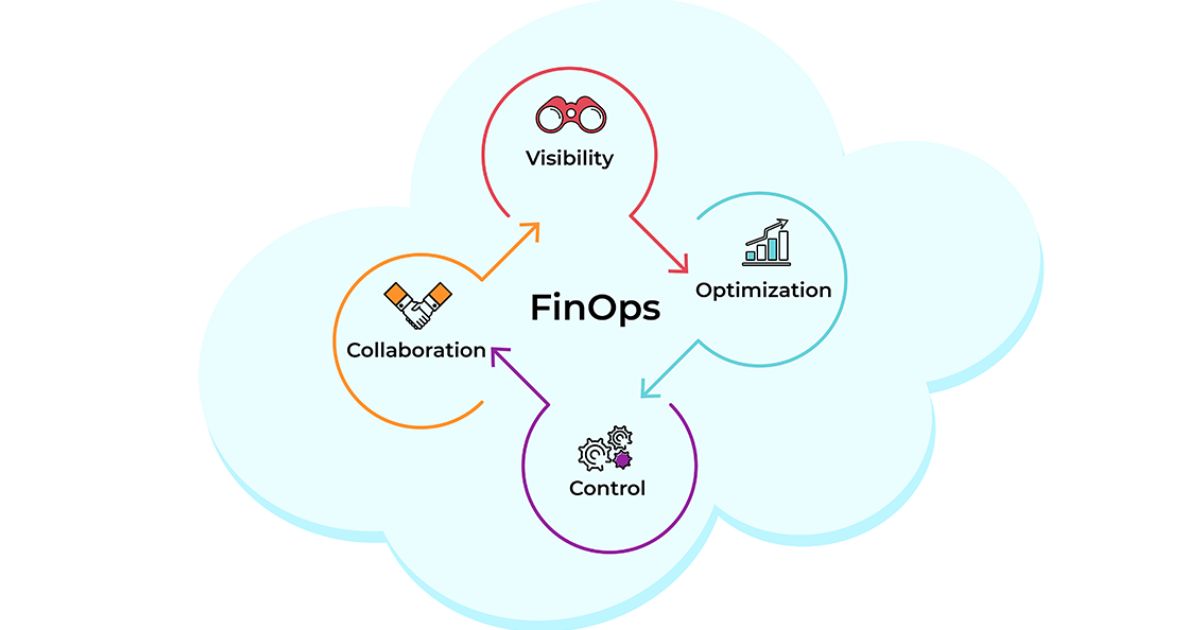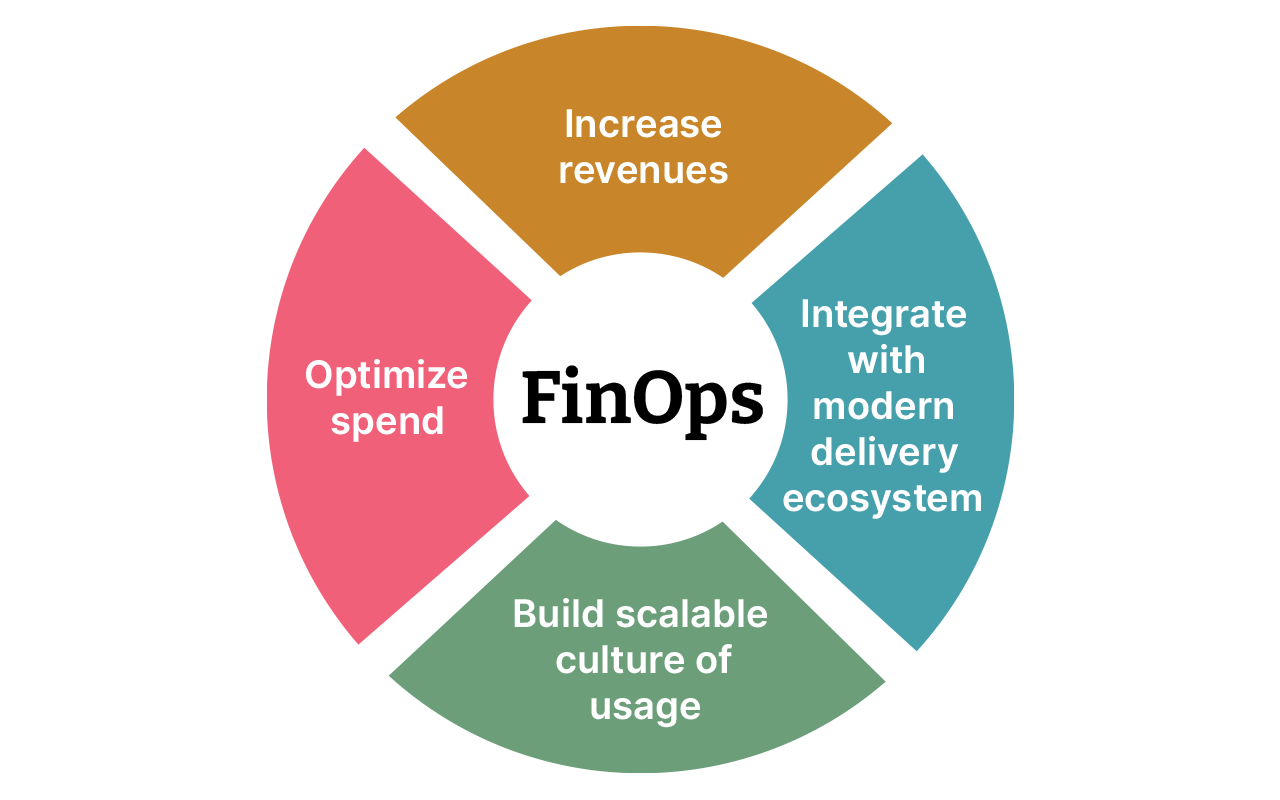In the ever-evolving landscape of cloud computing and financial operations (FinOps), the concept of “shifting left” has gained significant traction. It’s a methodology that emphasizes addressing issues earlier in the development process, ultimately reducing costs and improving efficiency. As we delve deeper into this approach, it’s crucial to understand the pivotal role of FinOps in this context.
Defining FinOps
FinOps, short for Financial Operations, is a discipline that combines financial accountability with cloud technology’s flexibility. It aims to manage and optimize cloud costs in alignment with business objectives. Unlike traditional IT cost management, FinOps operates in a dynamic, fast-paced environment where resources are ephemeral and demand can fluctuate rapidly.
At its core, FinOps fosters collaboration among finance, engineering, and business teams. It empowers them to make informed decisions about cloud spending, balancing innovation with cost optimization. This collaborative approach ensures that cloud resources are utilized efficiently while aligning with organizational goals.
The Pillars of FinOps

To effectively implement FinOps practices, organizations rely on three fundamental pillars:
- Visibility: Achieving visibility into cloud spending is the first step in effective cost management. This involves tracking usage patterns, identifying cost drivers, and understanding the impact of resource allocation on the overall budget. Cloud-native tools and third-party solutions play a crucial role in providing granular insights into spending across various services and environments.
- Accountability: FinOps promotes accountability by establishing clear ownership and responsibility for cloud costs. Teams are encouraged to take ownership of their usage and expenditure, fostering a culture of financial discipline. Through accountability, organizations can align spending with business priorities, optimizing resource allocation and eliminating wasteful expenditure.
- Optimization: Continuous optimization is at the heart of FinOps. It involves identifying opportunities to reduce costs without compromising performance or functionality. Optimization strategies may include rightsizing instances, leveraging reserved capacity, implementing auto-scaling mechanisms, and exploring alternative pricing models. By optimizing cloud infrastructure and services, organizations can maximize value while minimizing expenditure.
The Role of Shifting Left in FinOps
Shifting left in the context of FinOps involves integrating cost management practices earlier in the software development lifecycle. Traditionally, cost considerations were addressed late in the development process or during post-deployment reviews. However, this reactive approach often resulted in cost overruns and missed optimization opportunities.
By shifting left, organizations can proactively address cost implications during the design and development phases. This enables engineers to make informed decisions about resource utilization, architecture design, and service selection based on cost-efficiency considerations. Moreover, it fosters a culture of cost-consciousness among development teams, leading to better alignment between technical and financial objectives.
Key Strategies for Shifting Left in FinOps
- Education and Training: Providing developers with training on cloud cost management principles and best practices empowers them to make cost-conscious decisions from the outset. Training sessions, workshops, and resources can help raise awareness about the financial implications of architectural choices and coding practices.
- Integration of Cost Tools: Integrate cost management tools and APIs directly into development workflows and CI/CD pipelines. This allows developers to assess the cost impact of their changes in real-time and make adjustments accordingly. By embedding cost considerations into existing processes, organizations can streamline cost management efforts and promote proactive decision-making.
- Collaboration Across Teams: Foster collaboration between engineering, finance, and operations teams to ensure that cost considerations are integrated into cross-functional discussions and decision-making processes. By breaking down silos and promoting open communication, organizations can align technical and financial objectives more effectively.
FAQs
1. What is Shifting Left in FinOps?
Shifting left in FinOps refers to integrating cost management practices earlier in the software development lifecycle. It involves addressing cost implications during the design and development phases rather than waiting until after deployment.
2. Why is Shifting Left Important in FinOps?
Shifting left enables organizations to proactively manage and optimize cloud costs by considering cost implications early in the development process. This approach helps prevent cost overruns, promotes cost-conscious decision-making among developers, and aligns technical and financial objectives more effectively.
3. What are the Key Pillars of FinOps?
The key pillars of FinOps are visibility, accountability, and optimization. Visibility involves tracking cloud spending and usage patterns, while accountability establishes ownership and responsibility for cost management. Optimization focuses on continuously optimizing cloud resources to maximize value and minimize expenditure.
4. How Can Organizations Implement Shifting Left in FinOps?
Organizations can implement shifting left in FinOps by providing education and training to developers on cost management principles, integrating cost tools into development workflows, and fostering collaboration across teams to ensure that cost considerations are integrated into decision-making processes.
5. What Are Some Strategies for Shifting Left in FinOps?
Strategies for shifting left in FinOps include providing developer training on cost management, integrating cost tools into CI/CD pipelines, and promoting collaboration between engineering, finance, and operations teams. These strategies help embed cost considerations into the development process and promote proactive cost management.
6. How Does Shifting Left Benefit Organizations?
Shifting left in FinOps benefits organizations by reducing the risk of cost overruns, improving cost efficiency, and fostering a culture of cost-consciousness among development teams. It also helps organizations align technical and financial objectives more effectively, leading to greater efficiency and agility in cloud operations.
Conclusion
In the rapidly evolving landscape of cloud computing, FinOps plays a crucial role in managing and optimizing cloud costs. By embracing the principles of FinOps and adopting a “shifting left” approach, organizations can proactively address cost management challenges early in the development process. Through collaboration, accountability, and continuous optimization, they can achieve greater efficiency, agility, and cost-effectiveness in their cloud operations.



